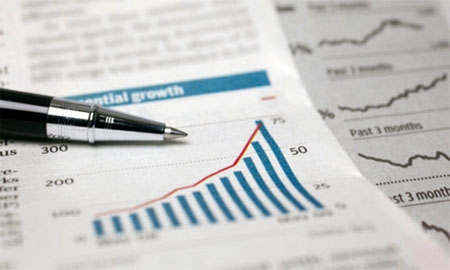Cameroon is increasingly seen as an investment beachhead into Central Africa. Blessed with fertile soils, mineral wealth and a busy manufacturing heartland, the economy has escaped the crowding effect of oil and gas. In fact, SMEs in the outskirts of Douala thrive on exports to the sub-region. In 2011, real GDP is expected to grow by 3.5 per cent, largely driven by mining.
“Our mineral base is rich, diverse and highly promising. We have four major projects under way, including the Mobilon diamond sites, production of cobalt and nickel in Lomie, the iron ore of Mbalam and the giant bauxite reserves of Martap in northern Cameroon,” says Louis-Paul Motaze, Minister of Economy, Planning and Regional Development.
With the completion point of the HIPC initiative behind it, as of 2006, the country has been able to free up capital for public investment projects. Debt relief means the Government can pursue its dream of maximising its economic potential. For the period from 2010 to 2020, the Growth and Employment Strategy Paper (GESP) has earmarked a set of landmark projects that have proven visionary.
When it was drafted in 2010, the GESP introduced President Biya’s concept of “Greater Achievements” into what was seen as a second-generation poverty reduction strategy paper. The triggers would be based on investment in energy, roads, railways, seaports, telecoms, housing, water and sanitation. This long-term approach turned the GESP into a virtual roadmap to attain the status of an emerging market by 2035.
“We are aware that our vision of the country as an emerging market is highly ambitious. But we are confident that the quality of our economic and financial partnerships will help guide us. This is why the Government is seeking win-win partnerships with all those interested in this great enterprise,” says Mr Motaze.
The economy is set to expand by another 4.5 per cent in 2012, driven mainly by the non-oil sector. Agriculture, which employs 56 per cent of the workforce, will support growth as new projects come on-stream. Investments into timber, natural gas, construction and telecoms will continue to create new jobs. If all goes as planned, oil production will rebound to 61,900 barrels per day (bpd) in 2012, up from 55,500 bpd in 2011.
Meanwhile, the GESP is in full swing. In 2011, construction began at 18 hydroelectric stations, including the $430 million (£267 million) Lom Pangar Hydropower Project. A financial plan was drawn for the deepwater port of Kribi, south of Douala. Construction of an oil terminal at Limbe in South-West Region was 50 per cent complete. More than 2,000 miles of fibre-optic cable was buried underground and the feasibility studies in the Road Master Plan were finalised. Even the banana sector benefited from a new investment scheme.
“I think we can say convincingly that the road to development has been charted. But success will depend on progress at more than 100 projects, including Lom Pangar, the deepwater port at Kribi and the 620-mile railway linking the mineral sites to the Atlantic Ocean,” says Mr Motaze.

0 COMMENTS